Behind The Scenes: James Watson & DECAMERON 2.0
Written by James Watson
Image Description: A photo of James staring directly into the camera. He is wearing a white t-shirt. Behind him is darkness. Photographer: Laura Franklin
As an emerging playwright, I am eager to get my hands on as much theatre experience as possible. Unfortunately, no sooner had I graduated University, then everything was pretty much shut down due to COVID-19. Live theatre included.
When I first heard about Decameron 2.0, it seemed like the perfect antidote to the melancholy feeling of this seeming non-theatrical post-apocalyptic world. Suddenly a huge number of artists had work, and an even larger audience had something to watch! I feel fortunate to have been able to volunteer on this incredible initiative.
Image Description: A film set. To the right of the image is a woman out of focus. Behind her is James. James is holding a clapper board in one hand and a mug in the other, he is looking at a screen. Behind the screen is a woman.
I got involved with Decameron 2.0 by sending an email to the State Theatre asking for any kind of experience, not really anticipating much to come of it. Luckily this was around the time that the project was being put together, and I was invited to be a part of a few weeks of filming.
Initially, I felt very out of my depth, with my job being more technical than anything I had done before. Helping with sound recording, camera positioning, and setting up microphones were all things I hadn’t done before. I think one of the great things about Decameron 2.0 is that it pushed a lot of people (myself included) out of our comfort zone. Film is very different to theatre, both in technical and aesthetic terms, and I think we all learned a lot and helped each other from week to week. I am certainly much more confident now than when I first started on the project (although my clapper-board technique still has a way to go).
I definitely feel like I grew a lot over the ten weeks of Decameron 2.0. I got to meet an amazing array of diverse artists, especially a lot of other queer theatre-makers. Being able to observe 100 monologues from so many different writers has really taught me both a lot regarding various writing techniques, but more importantly the power of bringing previously unacknowledged or unheard stories and voices to South Australian audiences.
Image Description: James is out of focus, his hand held forward and holding a clapper board that is in focus. The clapper board has the following text on it: ‘Prod. DECAMERON 2.0’ ‘Roll 54’ ‘Scene 100’ ‘Take 1’ ‘Director: Anthony’ ‘Camera: Edwin’ ‘Date: 27.8.20’.













